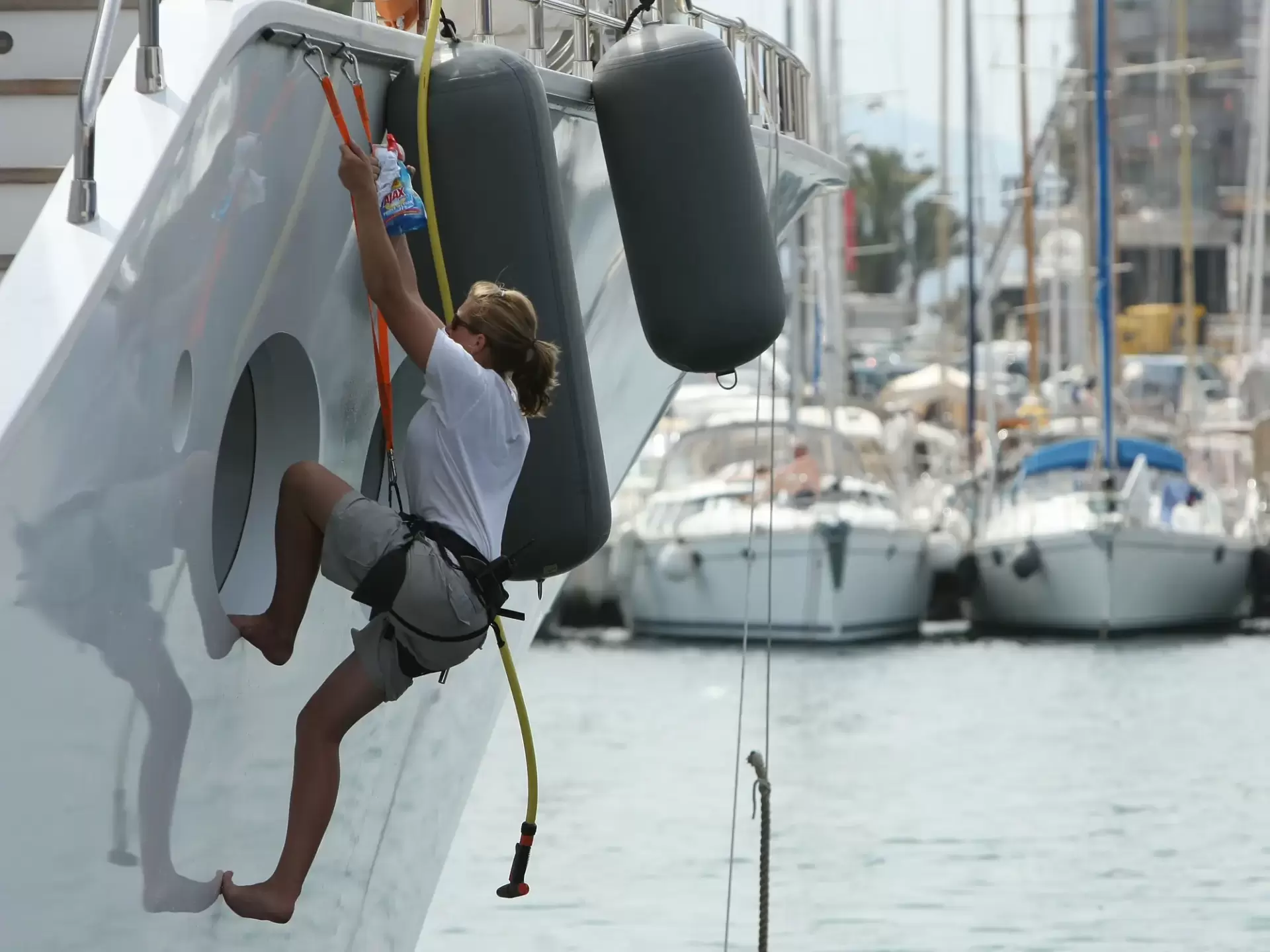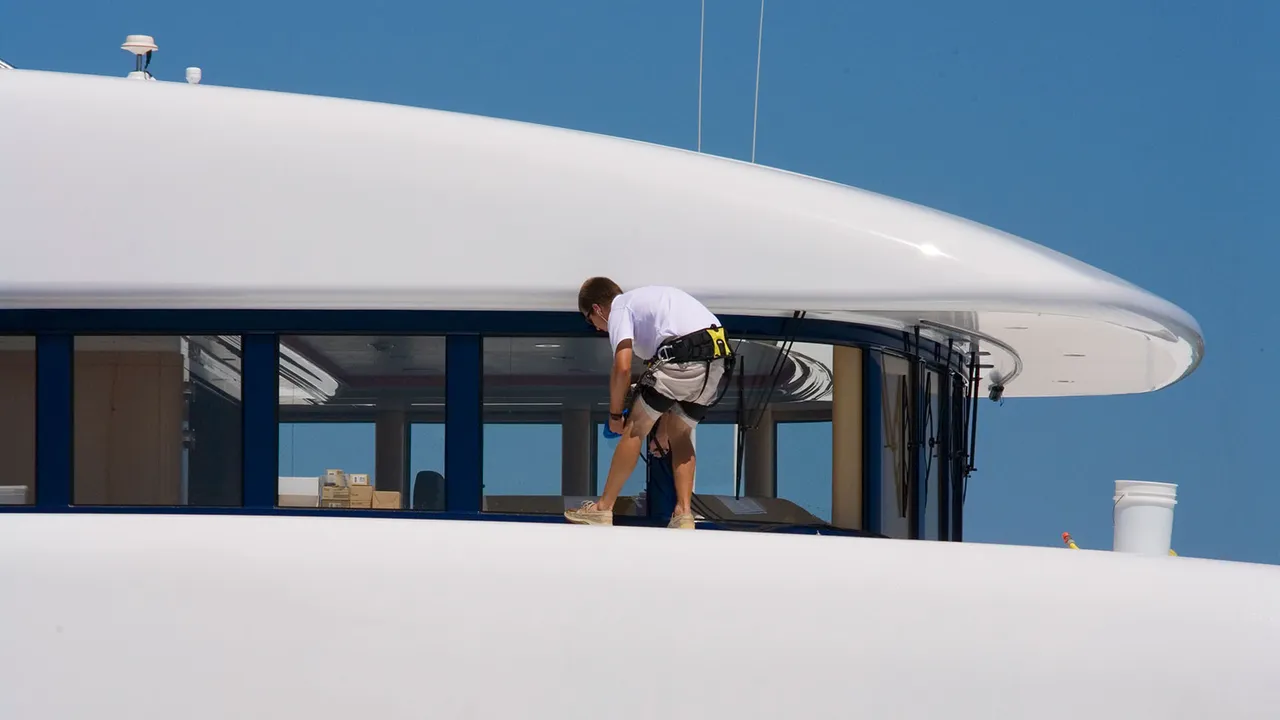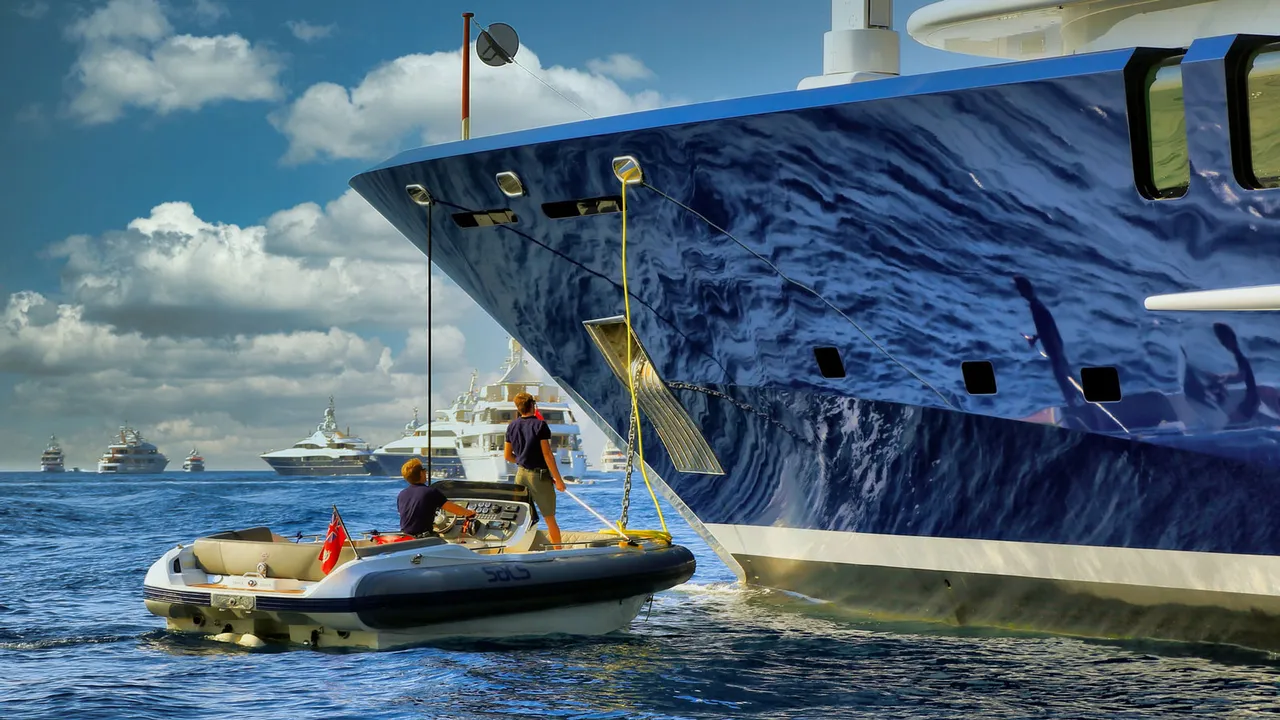Working on Superyachts can be exciting, lucrative, and fulfilling, but it can also be dangerous. It’s imperative to have safety practices onboard Superyachts, not just for guests, but for crew and anyone else visiting the boat. These practices may include regular training sessions onboard and ‘SOPs’.
In this article, we hear how the Second Officer of a 70-metre yacht ensures that crew and guests stay safe by abiding by certain practices onboard…

What is your general attitude to safety onboard?
“Safety culture comes before all other issues onboard. I aim to help to create an environment where every crew member feels like they have a voice, to either talk to a senior crew member or take up an issue with the elected Crew Safety Rep.”
What is the role of a ‘Crew Safety Rep’?
“A Crew Safety Rep is a crew member elected by other crew to form part of the safety committee and therefore be involved in monthly safety meetings. Even onboard busy boats, drills and training are essential, and we try to make the most of spare moments where we can conduct drills and training – such as during a crossing.”
Safety onboard is a very broad and in-depth subject area, but when doing a ‘round’ on deck. What are you generally looking out for safety-wise day-to-day?
“To summarise a very broad and in-depth topic, these are the things that come to mind. With everyone being busy onboard safety issues can go unnoticed day to day, it is the Deck watchkeeper’s responsibility, along with the OOW on watch to spot hazards and assess risks throughout the day.”
“Things to look out for include; any items blocking fire escapes or hatches, monitoring any contractors that might be onboard to ensure they are following the boat’s safety standards, ensuring open hatches are cordoned off/manned, and regular checks of the Fenders and lines.”
“Further, I would generally ensure that all deck operations, whether we are on charter or not, are following the vessel’s SOPs (Standard Operating Procedures). These can include things like jet-ski launching or power tool usage. Anyone involved in these operations should have had adequate training.”

Read more: Yacht Crew Uniform: Stay Cool This Summer On Deck
You mentioned previously about adequate training. Can you tell us what safety training you conduct onboard?
“Training can be divided into subcategories that are department-specific, or more general and required by all crew.”
“Nobody is involved in any dangerous operations until trained and certified. This is done through checklist-style qualifications set out by the yacht’s management company. These can often be generic, so they must be followed up with more specific training that is unique to each vessel.”
“We follow a strict schedule for safety drills such as Fire, Man Overboard or Enclosed Space, but we also use follow-up training and extra drills to increase the crew’s standards in the event of an emergency.”
What are some typical examples of bad safety practices onboard superyachts?
“The first thing that springs to mind would be, veering from the instructions set by an SOP for a dangerous task to make the task easier or faster and therefore compromising on safety. Hours of thought go into creating SOPs the way they are to minimise all the known risks.”

What would you do if an accident occurred?
“This reverts to training and drills. All crew should know what their duty is in the event of an emergency, based on the roles on the boat’s muster list.”
“All the crew that are required to assist with the situation at hand should be alerted via various means of onboard communication, such as crew radios or the general alarm – depending on the severity.”
“In my opinion, a key point to make is that accidents do happen, but what’s important is that we respond by investigating exactly how it happened and putting procedures in place to prevent it from happening again.”
For more Career & Training articles, click here.
Sign up to our Newsletter to keep up with the latest Superyacht Content News:



.gif)


.gif)












